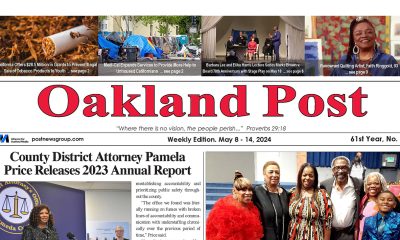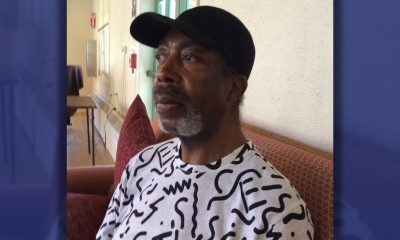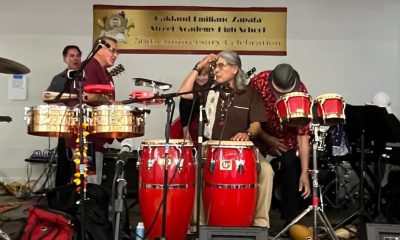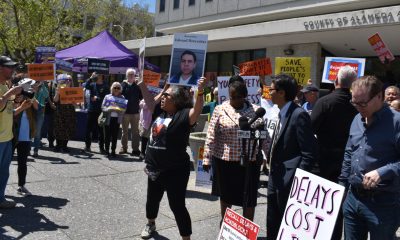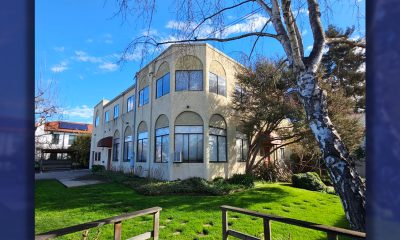California Black Media
California Black Media Political Round-Up
The California Black Women’s Collective Empowerment Institute (CABWCEI) is launching a statewide effort called “Conversations for Black Women — Building an Economic Action Plan Tour” in collaboration with the Bank of Montreal (BMO) lasting from the end of July until mid-November.
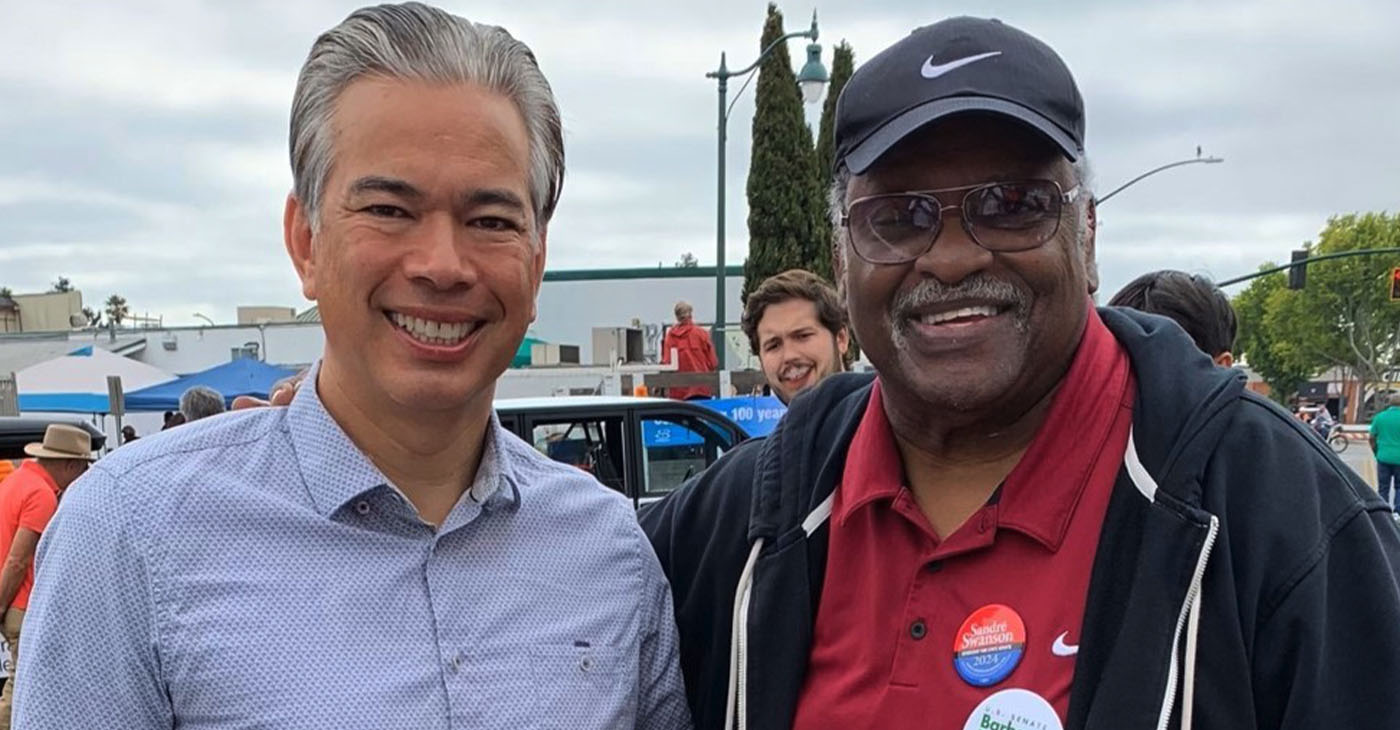
By Joe W. Bowers Jr.,
Edward Henderson
California Black Media
Black Women’s Group Tour on Economic Empowerment to Make Stop in Oakland
The California Black Women’s Collective Empowerment Institute (CABWCEI) is launching a statewide effort called “Conversations for Black Women — Building an Economic Action Plan Tour” in collaboration with the Bank of Montreal (BMO) lasting from the end of July until mid-November.
CABWCEI is a coalition of Black women whose goal is to amplify the voices of Black women everywhere and leverage their political power and in turn alleviate the political, economic, and safety challenges that they face.
The objective of the tour, organizers say, is to develop an economic action plan that helps Black women build wealth and overcome barriers through transformative policies and practices.
CABWCEI does this by ensuring that Black women are represented at every level of leadership particularly in the public sector, and by identifying, recruiting, and creating accessible resources.
This year’s tour will stop in six parts of the state, San Diego (July 29), Solano (Aug. 26), Sacramento (Sept. 23), Oakland (Oct. 14), Fresno (Oct.21), and the Inland Empire (Nov. 18) and offer a variety of opportunities, including mentorship programs, homeownership counseling, apprenticeships, job coaching, financial planning, and entrepreneurship support.
Tour partners include California Black Media and Black Women Organized for Political Action (BWOPA).
“BWOPA is delighted to partner in this much-needed enterprise,” said founding member Gay Plair Cobb. “Wealth building through entrepreneurship and related activities is essential to the economic advancement of Black women and to overcoming historic disadvantages we’ve faced as a result of systemic racism. We look forward to a much brighter economic future thanks to events such as these.”
Brenda Hudson, finance manager at the Oakland Post, thinks that tour will help Black women in Oakland.
“We have to develop a support system and have less competitiveness, so that we can build up generational wealth.” She also spoke about her own personal experience, explaining that her daughter lived with her for years, saving money, and now owns a four-bedroom house.
“That kind of community support is what is needed in order to rise up together. CABWCEI is trying to do that and more with their upcoming tour,” Hudson said.
Cathy Adams, president of the Oakland African American Chamber of Commerce, said that this tour and its objectives are much needed in the Black community and especially for Black women.
Investors and finance managers reach out to her frequently to talk about trust issues Black people have in seeking or receiving advice about money.
“This is a great opportunity for our women to learn how to maximum our return on our investment,” she said, especially as so many people are dealing with financial fallout from the pandemic.
The strategies that could be learned on the tour “can change the narrative … change the landscape on how we deal with money as a rule … so that all of us can be on top of the money train,” Adams said.
It’s a great time to get support without being what she termed “money-shamed” for not adequately investing or preparing for retirement or failing to read fine print.
“You can show up and invest — in yourself or with each other,” she said, “working with people you trust.”
— Post Staffer Daisha Williams contributed to this story.
Gov. Newsom Updates State’s Opioid Plan to Include New Deadly Drug “Tranq”
Gov. Gavin Newsom has updated his strategy to combat opioid abuse in California by introducing measures to address a new deadly drug xylazine, also known as ‘tranq’ on the streets.
This animal sedative is increasingly being mixed with fentanyl, making it even more deadly. According to data from the Centers for Disease Control and Prevention (CDC), the percentage of fatal opioid overdoses involving ‘tranq’ increased by 276%, from 2.9% to 10.9% between January 2019 through June 2022.
Newsom’s ‘Master Plan for Tackling the Fentanyl and Opioid Crisis’ focuses on holding the opioid pharmaceutical industry accountable, cracking down on drug trafficking and raising awareness about the dangers of opioids. The plan includes addressing emerging threats like ‘tranq.’
“California has an all-hands-on-deck strategy for tackling the fentanyl and opioid crisis impacting every community across our state,” said Newsom in a statement. “Education and outreach are critical tools in our arsenal to prevent tragedy, to connect people with treatment, and to fight the life-threatening stigma that stops too many people from getting help.”
California has allocated $30 million to fund the production of naloxone, the anti-overdose drug. Newsom has also increased anti-drug-trafficking operations, especially at the San Ysidro border crossing in San Diego, where a significant amount of fentanyl enters into the state.
AG Bonta Releases Reports on Crime, Juvenile Justice, Guns, Homicides and Use of Force
California Attorney General Rob Bonta announced the release of the annual Homicide in California, Crime in California, Use of Force Incident Reporting, Juvenile Justice in California, and Crime Guns in California statistical reports.
The reports contain statistics for 2022 as submitted by California law enforcement agencies and other criminal justice organizations.
Findings indicated 612 civilians were involved in incidents that involved the discharge of a firearm or use of force resulting in serious bodily injury or death.
Of those civilians: 48.4% were Hispanic. 25.3% were White, and a disproportionate 19.3% were Black. Black Californians account for about 5.72% of the state’s population.
In 2022, there were 2,206 homicides reported in the state, a decrease of 6.6% from 2361 reported in 2021. The rate of violent crime per 100,000 people increased by 6.1% from 466.2 in 2021 to 494.6 in 2022. The homicide arrest rate decreased by 5.9% in 2022 compared to 2021 and the violent offense arrest rate increased by 3.4% compared to 2021.
“Having access to good data is a cornerstone of responsible public policy. The data released today is essential for understanding, preventing, and combating crime,” said Bonta. “In 2022, California made significant progress toward reducing its homicide rates, but more remains to be done.
“While crime rates remain significantly below their historical highs, property and violent crimes continue to have devastating consequences for communities across the state.”
Activism
Oakland Post: Week of May 8 – 14, 2024
The printed Weekly Edition of the Oakland Post: Week of May May 8 – 14, 2024
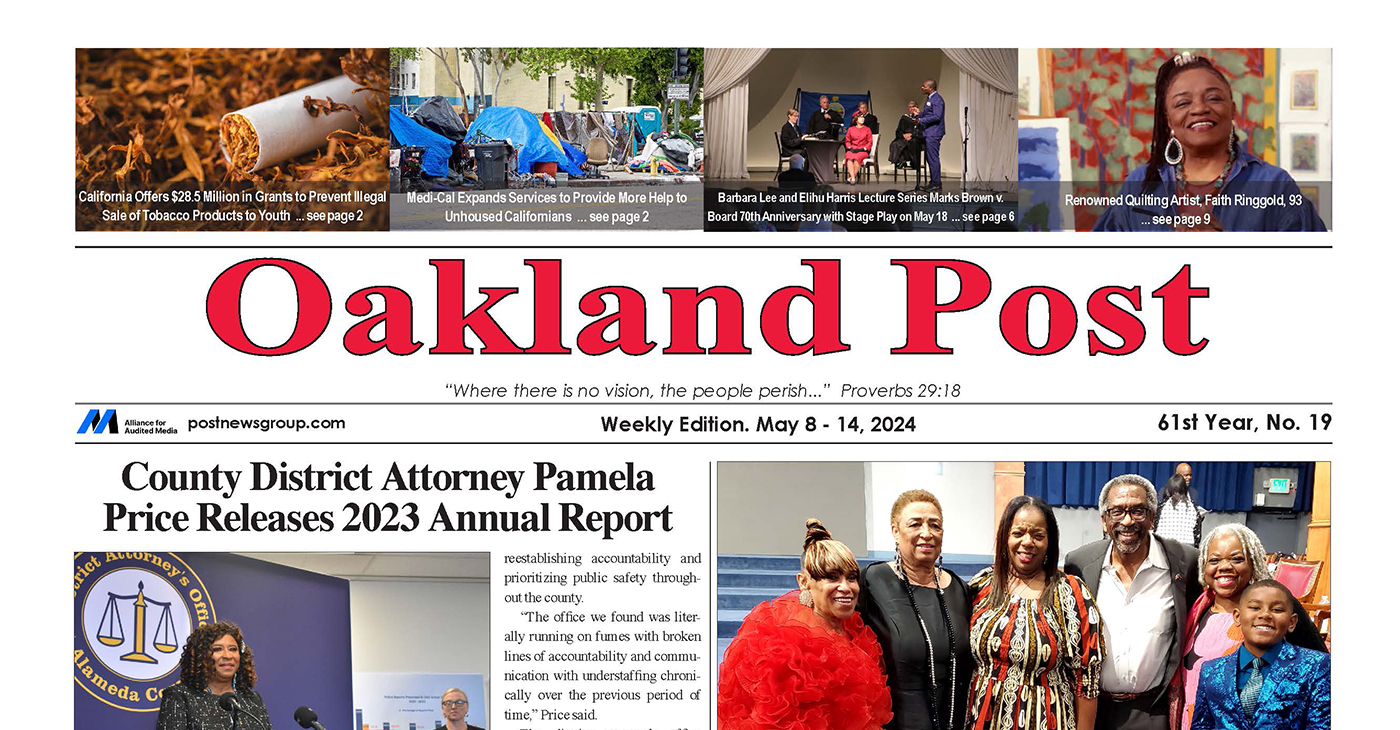
To enlarge your view of this issue, use the slider, magnifying glass icon or full page icon in the lower right corner of the browser window. ![]()
California Black Media
Cinco De Mayo: Five Interesting Facts You Should Know About the Popular Mexican American Holiday
To explore the historical significance of Cinco De Mayo, we step back to the origins of the commemoration, share how some Mexican American Californians regard it and trace how it has morphed into the celebrations we see today.
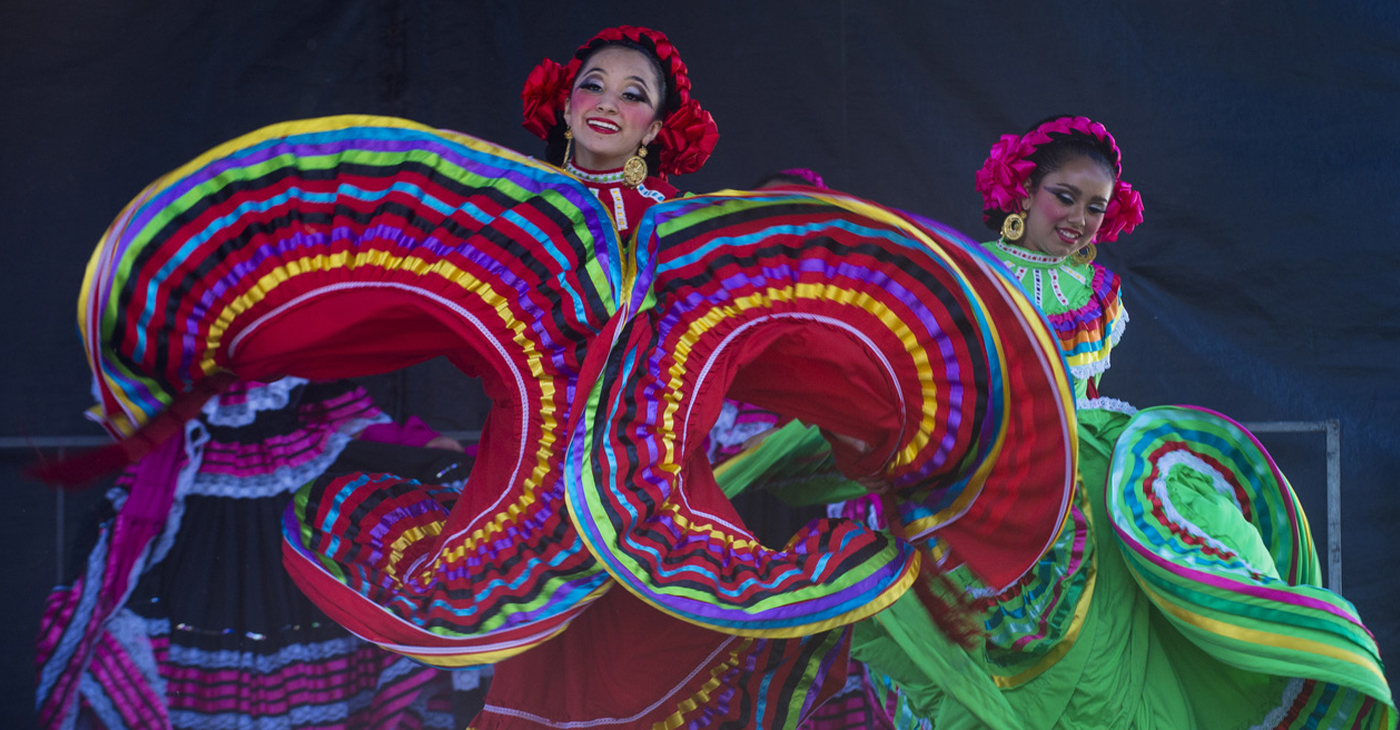
By Edward Henderson, California Black Media
To explore the historical significance of Cinco De Mayo, we step back to the origins of the commemoration, share how some Mexican American Californians regard it and trace how it has morphed into the celebrations we see today.
Celebrations in the United States began in 1862 in Columbia, California, a small town located in the foothills of the Sierra Nevada in Tolumne County, according to that town’s website.
Today, millions of Americans celebrate Cinco De Mayo annually with 120 official celebrations organized across the United States.
This day has become a cultural point of pride for Mexican Americans and other Latino communities in the United States. It serves as a time to affirm and celebrate their cultures with other Americans of all backgrounds as they highlight their contributions to American history and society.
Joseph Soltero, a Mexican American living in Escondido, shared his perspective on Cinco de Mayo with California Black Media. He learned about Cinco De Mayo from his grandfather and talked about the extent to which his family and San Diego County community celebrate the holiday.
“We knew September 16 was really Mexican Independence Day, but kids in my school would always mistake Cinco De Mayo as our Independence Day. [Cinco De Mayo] is not really even a Mexican holiday,” said Soltero. “It’s something people do to have an excuse to buy drinks, have fun and spend a little money at taco shops.”
Like Soltero, many Mexican Americans (and other Latino Californians) do not take the support and solidarity they receive from people of other races on Cinco De Mayo for granted. They also appreciate when people take the time to learn about the cultural significance of the day and avoid some of the cultural tropes that can easily whisper undertones of racism.
To help raise your awareness about the origins and cultural significance of the day, here are 5 little known facts about Cinco De Mayo:
- Cinco De Mayo is not Mexican Independence Day. It is the anniversary of the Battle of Puebla. This military victory on May 5, 1862, over the French forces of Napoleon III was hailed as a symbol for Mexican resistance to foreign influence.
- The holiday was not given much historical significance outside of Puebla, and it has not been celebrated on a large scale in Mexico. However, during the Civil War, Mexican Americans in California, Oregon and Nevada who supported the Union drew inspiration from the victory over the French-backed Confederate forces.
- The Chicano civil rights movement in the 1940s gave a new energy to celebration of the holiday in the United Sates as a symbol of national pride.
- In the 1980s and 1990s, beer companies’ marketing strategies targeted Mexican Americans by encouraging them to celebrate their heritage – and Cinco De Mayo –with Coronas, Bud Light, and Dos Equis. This created the perceived connection between Cinco De Mayo, alcohol, and merrymaking.
- Los Angeles hosts the largest Cinco De Mayo celebration in the country.
As we join Mexican American Californians to celebrate Cinco De Mayo next week, let’s deepen our cultural understanding.
Let’s use this occasion to commit to learning more about our neighbors, colleagues and friends of other races and ethnicities.
This resource is supported in whole or in part by funding provided by the State of California, administered by the California State Library in partnership with the California Department of Social Services and the California Commission on Asian and Pacific Islander American Affairs as part of the Stop the Hate program. To report a hate incident or hate crime and get support, go to CA vs Hate.
Antonio Ray Harvey
Working Group: More Entry-Level Homes Could Help Solve Housing Crisis
The Community Housing Working Group hosted a briefing on April 23 at Cafeteria 15L in Sacramento. Discussions focused on how the housing crisis in California affects Black and Brown communities and explored ways to provide low-income families and individuals with affordable housing.
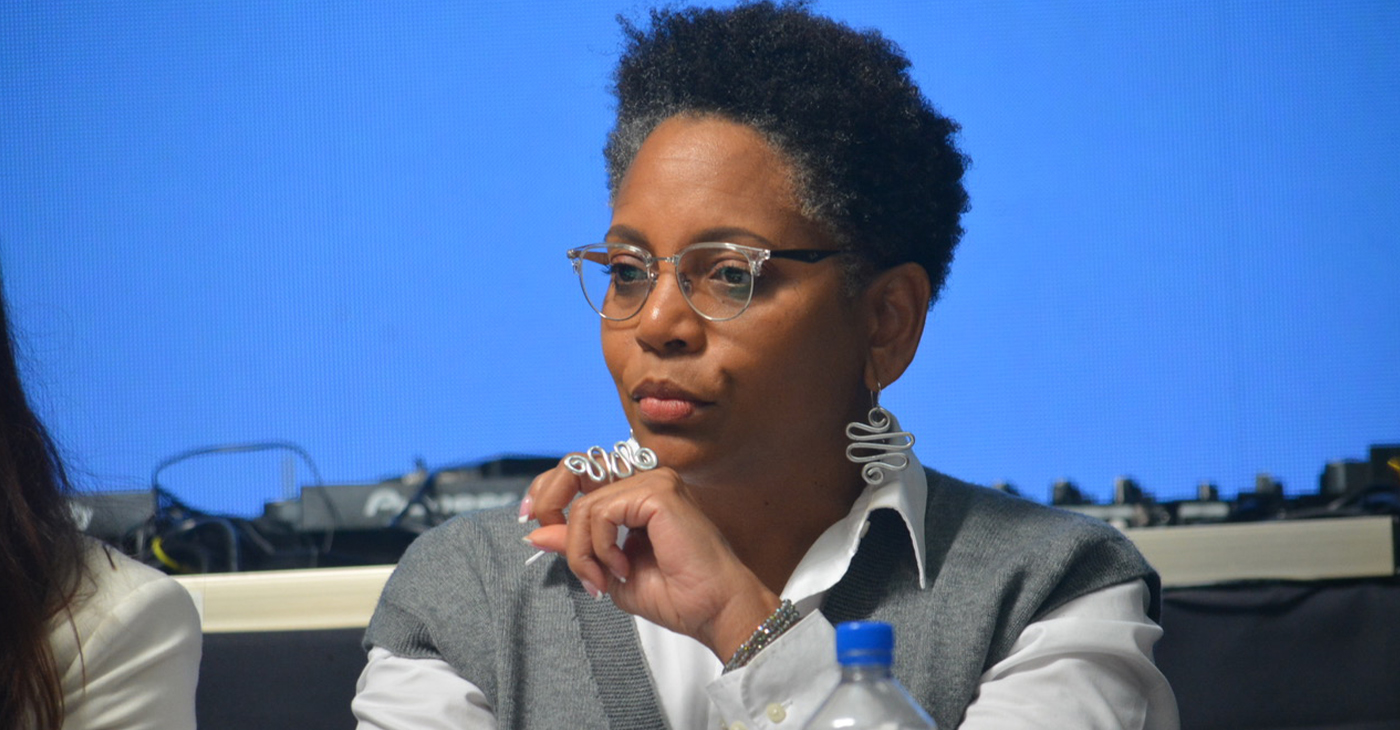
By Antonio Ray Harvey, California Black Media
The Community Housing Working Group hosted a briefing on April 23 at Cafeteria 15L in Sacramento. Discussions focused on how the housing crisis in California affects Black and Brown communities and explored ways to provide low-income families and individuals with affordable housing.
Tia Boatman Patterson, CEO and President of the California Communities Reinvestment Corporation, said “entry-level housing” is not available as it was in the past, adding that affordable units were a major point of entry into homeownership for many families in the Black community.
“My mother bought her first house when I was in junior high. It was an 850-square foot, two-bedroom and one-bathroom house in 1978. That house cost $30,000,” Boatman-Patterson said.
“A woman working part-time at JCPenney was able to afford that house. We don’t build these types of housing now. We do not build entry-level homeownership,” she added.
The Community Housing Working Group is a collection of diverse community organizations from across California working together to address housing challenges in their communities. The organization believes that solving the affordable housing crisis will require creating enough smaller, lower-cost, multi-family homes located near jobs, transit, and good schools.
The briefing included a panel discussion titled, “Exclusionary Zoning: A Look Back and a Path Forward.” Boatman-Patterson participated in that session along with Henry “Hank” Levy, Treasurer-Tax Collector for Alameda County, and Noerena Limón, consultant, Unidos U.S., and Board Member of California Housing Finance Agency.
Boatman-Patterson, a former Associate Director for Housing, Treasury and Commerce in the Office of Management and Budget for the Biden Administration, started her presentation by highlighting how exclusionary single-family zoning is contributing to continued segregation of California communities.
She said that single-family zoning originated in the Bay Area city of Berkeley in 1916.
“By creating single-family zoning and having fenced-off communities, you were able to exclude the ‘others,’” Boatman-Patterson said. “It really was a method to exclude — what they called ‘economic segregation’ — but that was a guise for racial segregation. Single-family zoning, along with redlining, became a systemic approach to exclude based on affordability.”
Title VIII of the federal Civil Rights Act of 1968 — commonly known as the Fair Housing Act of 1968 – is the U.S. federal legislation that protects individuals and families from discrimination in the sale, rental, and financing of housing. It was passed to open the doors to affordable housing.
In 1968, 65.9% of White families were homeowners, a rate that was 25% higher than the 41.1% of Black families that owned their homes, according to National Low-Income Housing Coalition. Today, those figures have hardly changed in the Black community, although White homeownership has increased five percentage points to 71.1%.
Boatman Patterson said the rate has not changed in Black and Brown communities because financing for affordable entry-level homes is almost nonexistent. The homeownership disparities contribute to the disturbing racial wealth gap in the nation, according to the National Low-Income Housing Coalition’s October 2018 report.
“We really must align the financing with the actual building of units, which we haven’t necessarily done. Because of this misalignment, I think we continue to see problems,” Boatman-Patterson said.
-

 Community3 weeks ago
Community3 weeks agoFinancial Assistance Bill for Descendants of Enslaved Persons to Help Them Purchase, Own, or Maintain a Home
-

 City Government7 days ago
City Government7 days agoCourt Throws Out Law That Allowed Californians to Build Duplexes, Triplexes and RDUs on Their Properties
-

 Activism2 weeks ago
Activism2 weeks agoOakland Post: Week of April 24 – 30, 2024
-

 Business4 weeks ago
Business4 weeks agoV.P. Kamala Harris: Americans With Criminal Records Will Soon Be Eligible for SBA Loans
-

 Activism4 weeks ago
Activism4 weeks agoOakland Post: Week of April 10 – 16, 2024
-

 Community4 weeks ago
Community4 weeks agoAG Bonta Says Oakland School Leaders Should Comply with State Laws to Avoid ‘Disparate Harm’ When Closing or Merging Schools
-

 Community3 weeks ago
Community3 weeks agoRichmond Nonprofit Helps Ex-Felons Get Back on Their Feet
-

 Community3 weeks ago
Community3 weeks agoOakland WNBA Player to be Inducted Into Hall of Fame

